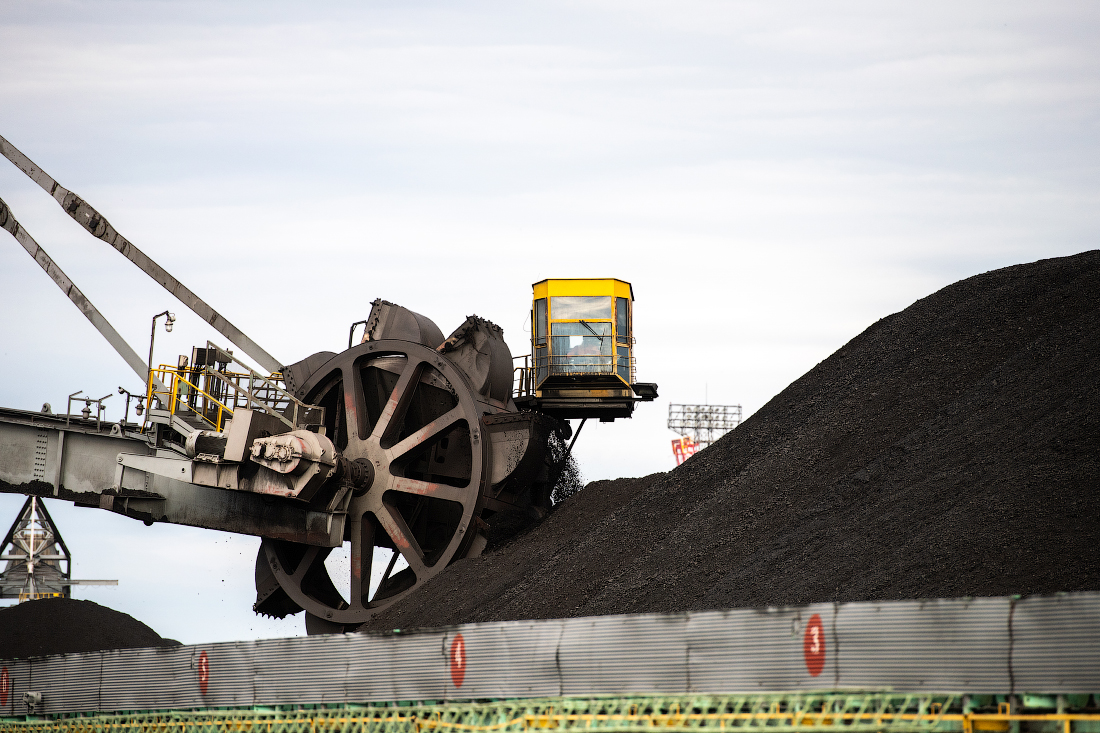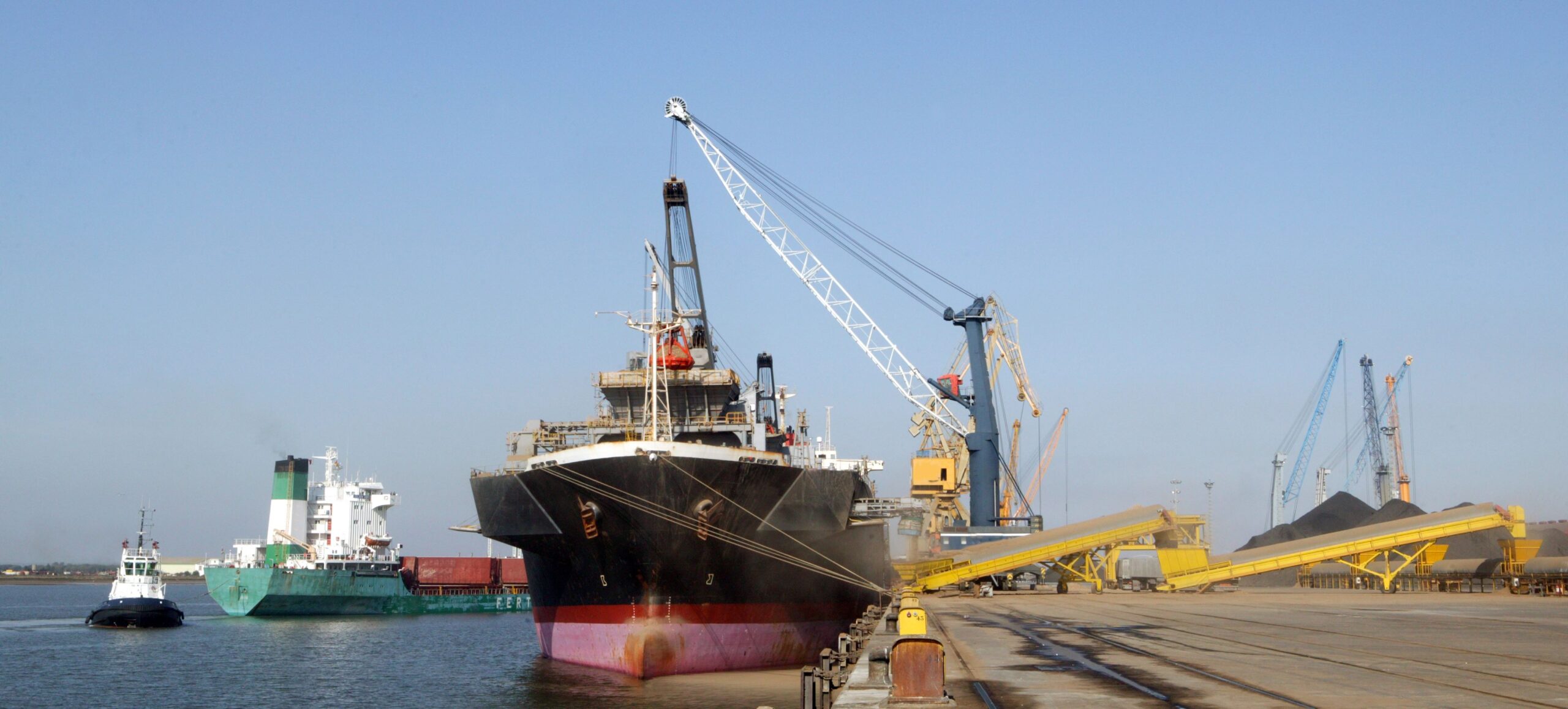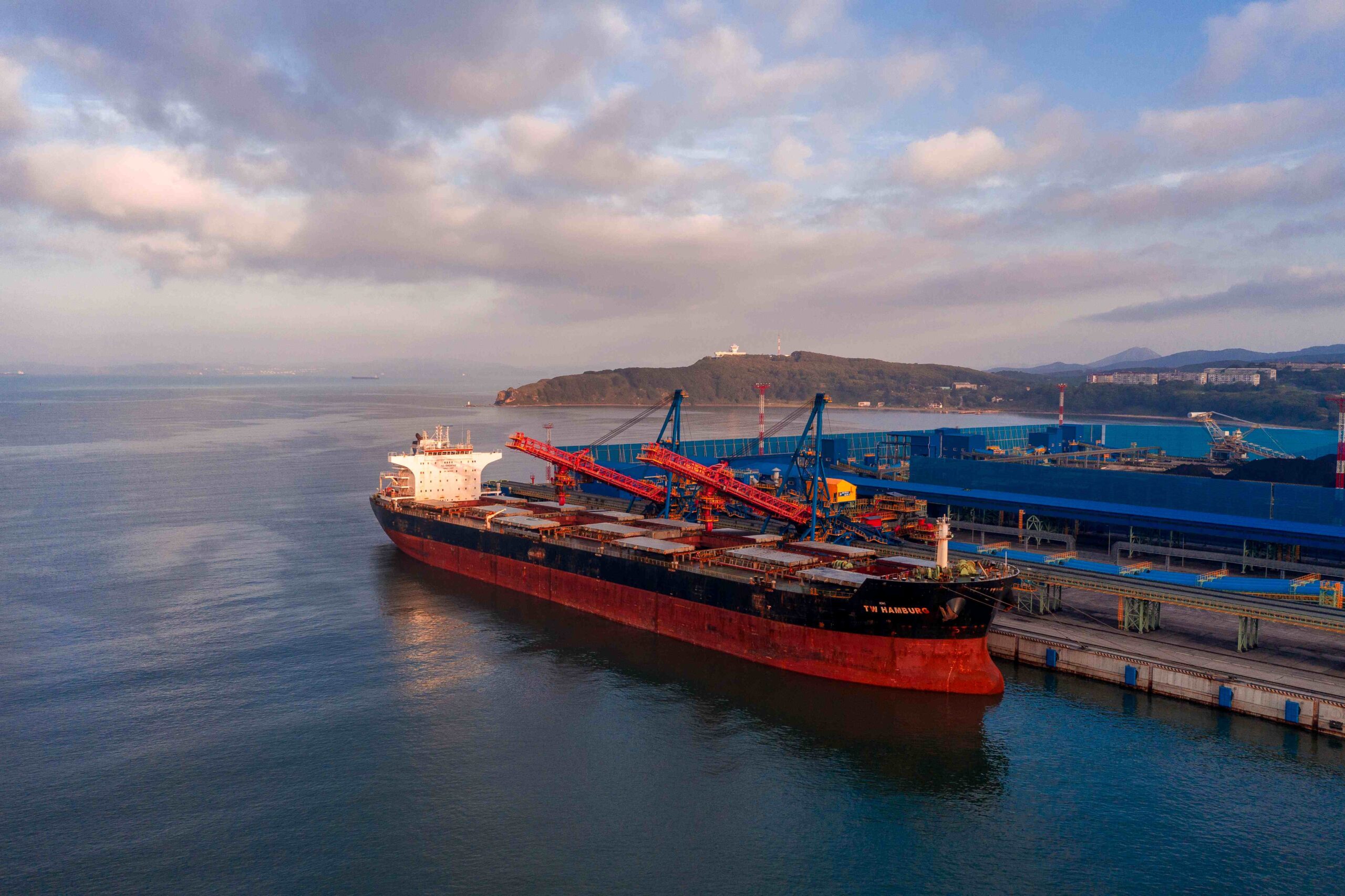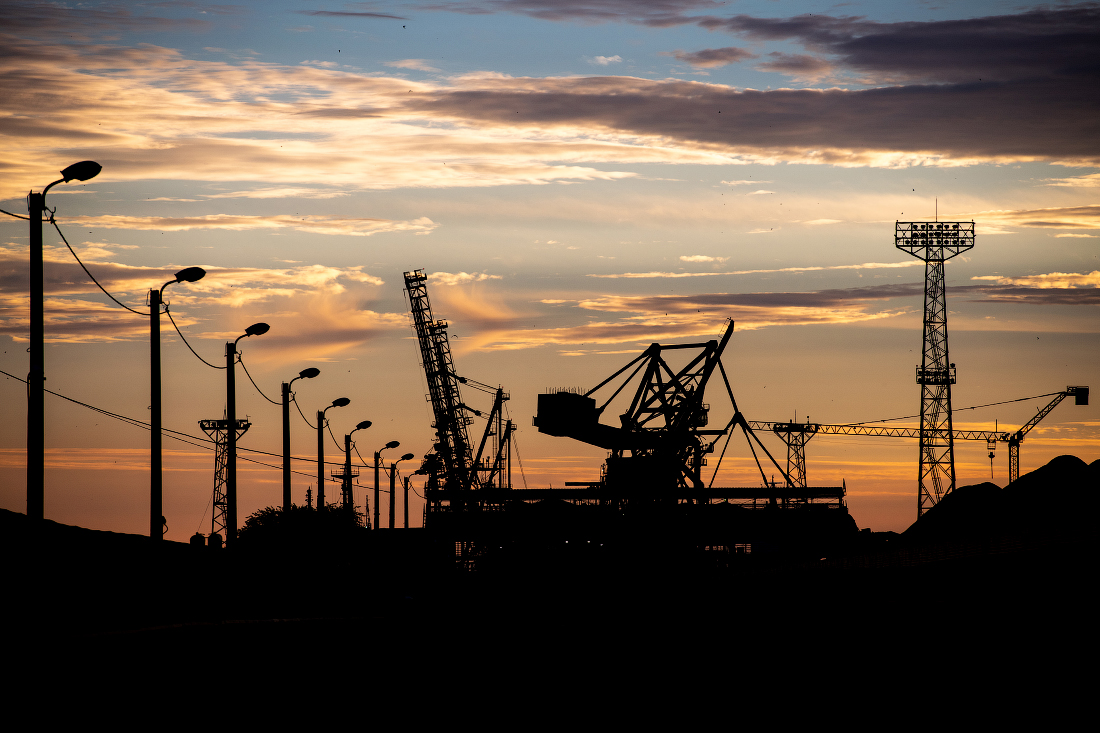

Last week, thermal coal indices on the European market fell below 170 USD/t, despite the persisting supply shortage in the global market. The price decrease was caused by the news on de-escalation of tensions on the border between Russia and Ukraine. Forecasts of milder weather in the northwestern Europe and an upward revision of the wind generation forecast in Germany also put pressure on coal quotations.
Coal stocks at ARA terminals kept decreasing to 3.1 mio t (-0.3 mio t w-o-w).
South African coal prices continued hovering around 200 USD/t, driven by growing demand from European consumers, owing to a sustained tight supply, particularly from Russian companies.
In China, spot prices for 5500 NAR fell by 25 USD/t to 163 USD/t FOB Qinhuangdao. Pressure on indices comes from a statement by China’s National Development and Reform Commission (NDRC), according to which FOB 5500 spot quotes should be capped at 142 USD/t instead of 157 USD/t previously reported and 110 USD/t EXW. Moreover, the regulator urged Chinese companies to increase production. Authorities in most Chinese provinces published an official notification on the introduction of the price cap. Nevertheless, some large suppliers and traders are not able to sell coal at the set prices, as they do not cover their costs.
Correction on the paper market, caused by profit taking amid the drop of coal indices in China led to a decrease in Australian material prices below 230 USD/t.
Indonesian 5900 GAR climbed to 140 USD/t FOB Kalimantan, supported by the limited supply due to a spike in the number of Omicron cases among employees of mining and coal transportation companies.
Australian coking coal indexes remained below 440 USD/t. The growth of metallurgical coal prices is limited by reduced demand on the back of steel production restrictions in China for the period of the Olympic Games.
Source: CAA













